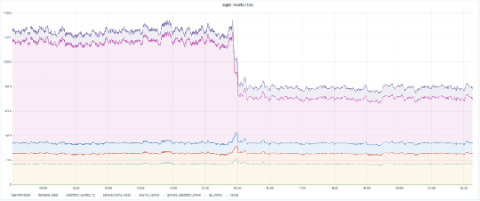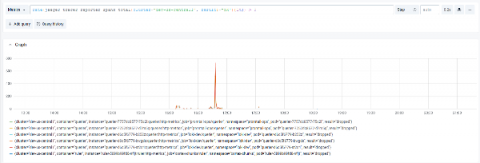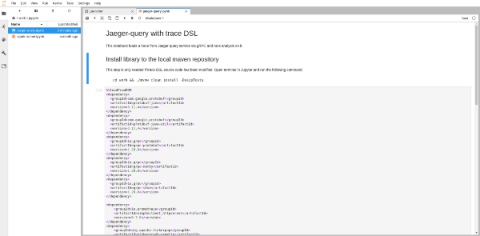Adding Tracing with Jaeger to a TypeScript express application
I have been following distributed tracing technologies — Zipkin, OpenTracing, Jaeger, and others — for several years, without deeply trialing with any of them. Just prior to the holidays, we were having a number of those “why is this slow?” questions about an express application, written in typescript, providing an API endpoint.









